When it comes to painting your house, choosing the colours can be quite a task. With many options available, homeowners often find themselves unsure of where to begin. However, the colour you choose plays a role in home design and can transform your space’s look and feel completely. In this guide, we will delve into the significance of colour in house painting, exploring how different shades can bring harmony and personality into your home.
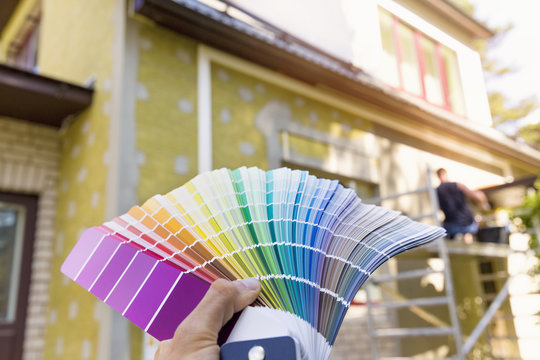
1. Setting the Mood with Exterior Colors
The exterior of your home is what greets visitors and passersby, making it a crucial first impression. Selecting the colours can boost curb appeal and create a warm and welcoming vibe. One important factor to consider when picking paint colours is how they complement the existing elements of your home. For instance, according to professional house painters in North Shore Auckland, using contrasting hues for window trims against the colour of your house can add depth and visual appeal. Understanding how colours interact with each other is key to achieving a pleasing appearance.
2. Crafting Inviting Interiors with Interior Colors
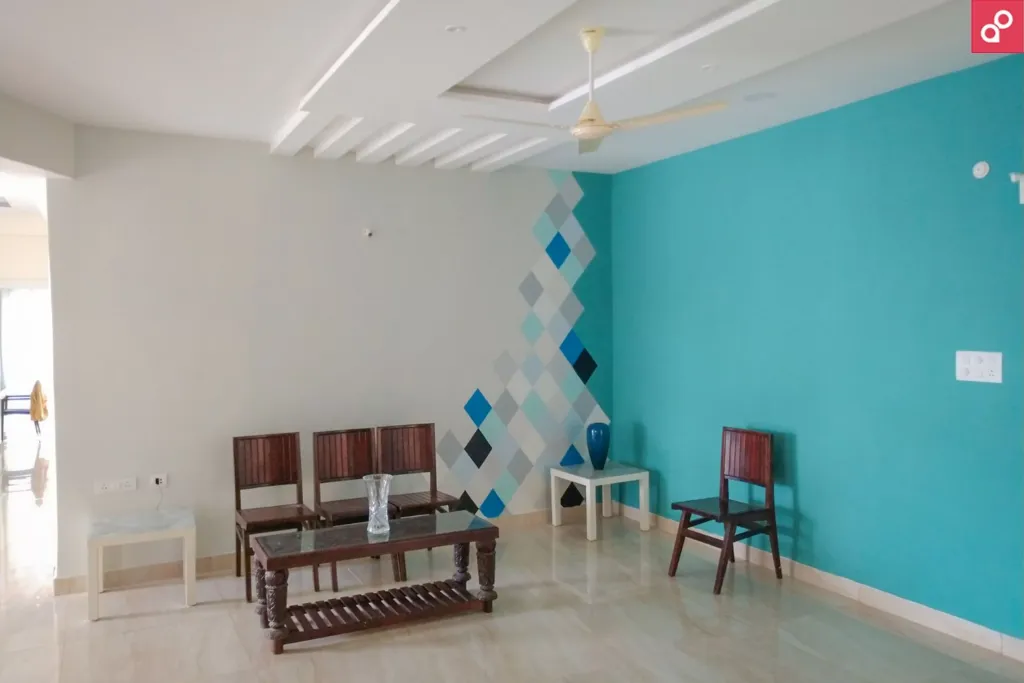
Painting your walls gives you an opportunity to personalise your living spaces while setting a mood. When choosing paint colours, it’s essential to take into account factors like room size and natural lighting. Using hues can give the illusion of space in smaller rooms, while darker shades bring a sense of warmth to larger areas.
A popular trend in home decor involves creating walls. Painting one wall in a contrasting colour to draw attention within a room. This method adds flair and character without overwhelming the space. It’s also an option for those looking to experiment with colours without fully committing.
3. Establishing Colour Continuity
Maintaining a sense of flow between rooms is essential for interior design; therefore, consistent colour palettes throughout your home help achieve this seamless balance. Coordinating colours from one area to another creates a harmony that effortlessly ties spaces together.
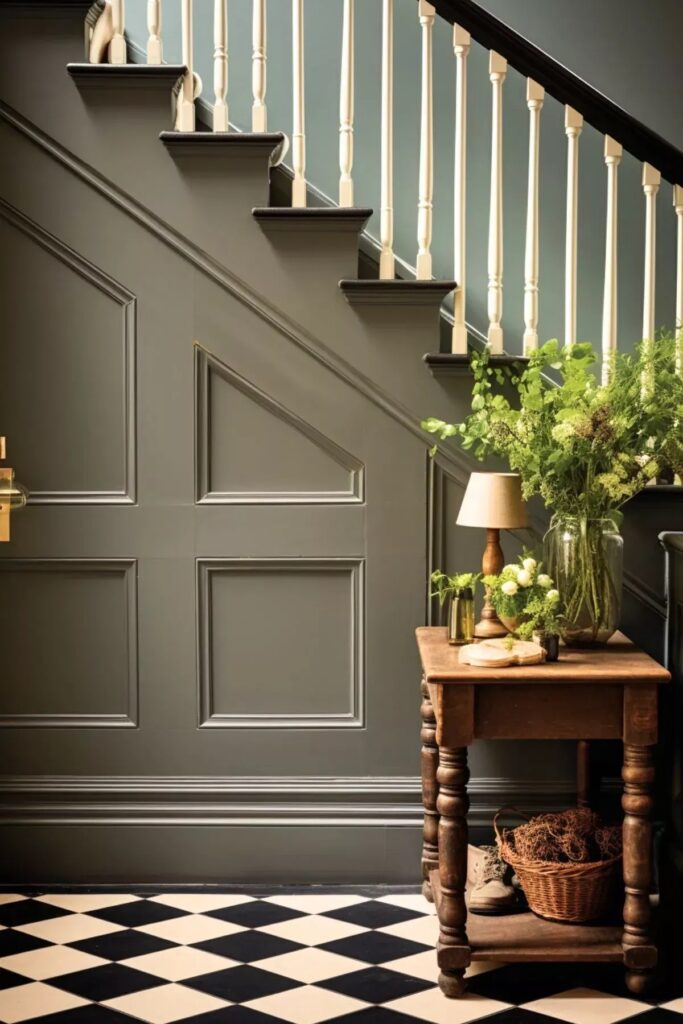
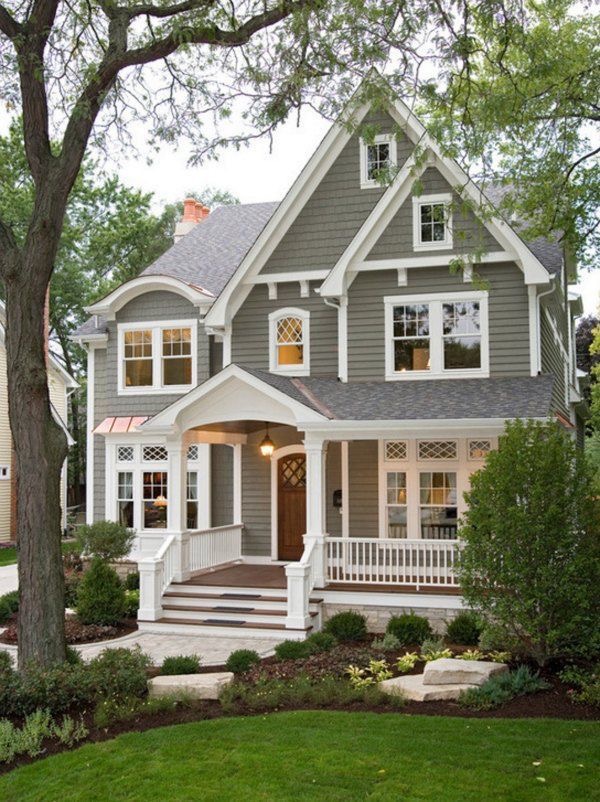
To ensure a transition between rooms, you can select hues from the colour family or opt for contrasting yet complementary tones. Incorporating colour continuity also allows you to set an ambience or theme throughout your living space, elevating its aesthetic and creating an inviting atmosphere for both residents and visitors.
4. Infusing Character with Decorative Touches
Accent colours serve as an imaginative way to reflect your style within your home’s colour scheme. These bursts of colour can be introduced through items, furnishings or even standout walls.
Accents offer homeowners a chance to play around with colours in a way that doesn’t overpower the room. By incorporating splashes of colour, you can infuse your space with personality and visual appeal that showcases your individual style.
5. The Impact of Color on Mood
Colour psychology indicates that different colours can evoke emotions and influence our mental health in any environment. For instance, warm shades like yellow and orange are known to evoke feelings of joy and vitality, while cooler tones such as blues and greens promote a sense of tranquillity and peace.
Understanding how colours affect our emotions can help you make decisions when selecting paint for each room based on the desired atmosphere. Leveraging these effects enables homeowners to customise their living spaces to enhance activities. Whether it’s energising reds in a workout area or calming blues in a bedroom for sleep quality.
6. The Significance of Color Preparation
Before delving into the realm of colour, it’s essential to underscore the importance of colour preparation. Embarking on a painting project without prepping surfaces can result in subpar outcomes and quickly diminish the impact of chosen colours.
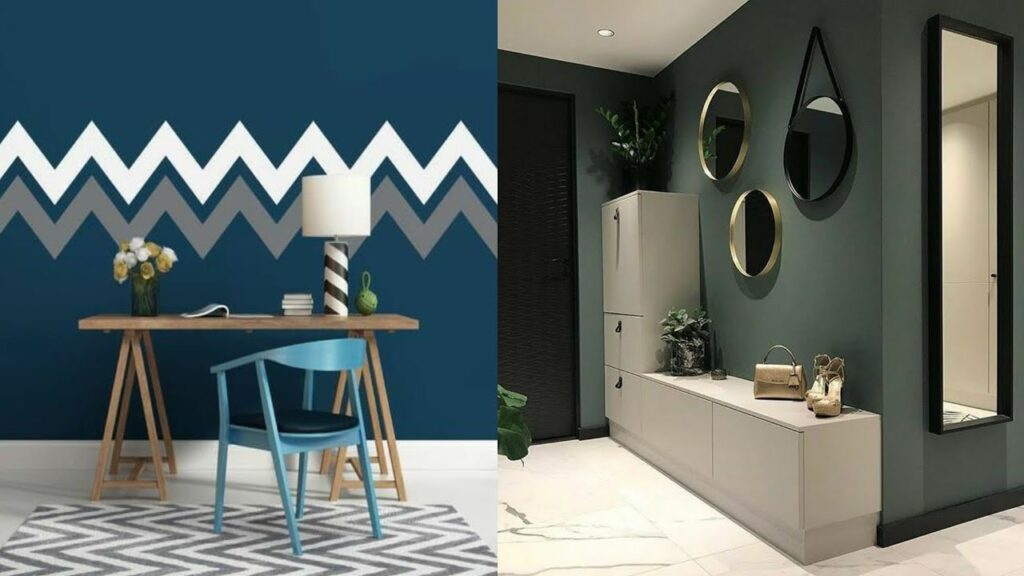
To achieve a smooth paint application, cleaning, priming and addressing any surface imperfections is critical before commencing the painting process. Cleaning involves removing dust, dirt and grime that might hinder the paint from sticking. Priming is essential for creating a smooth and even surface for the paint to adhere to while also helping to cover up any colours or stains, and repairing any cracks or holes in the walls ensures a smooth look.
In Summary
Colour is an aspect of house painting as it allows homeowners to showcase their personality, enhance the look of their property, create cohesive interiors that transition smoothly between rooms and even influence emotions. By taking into account both internal factors, as well as personal style preferences one can make informed choices when selecting the perfect colours for transforming their home. So don’t shy away from adding a touch of vibrancy. Let colours elevate your living spaces!
- 8shares
- Facebook0
- Pinterest8
- Twitter0



